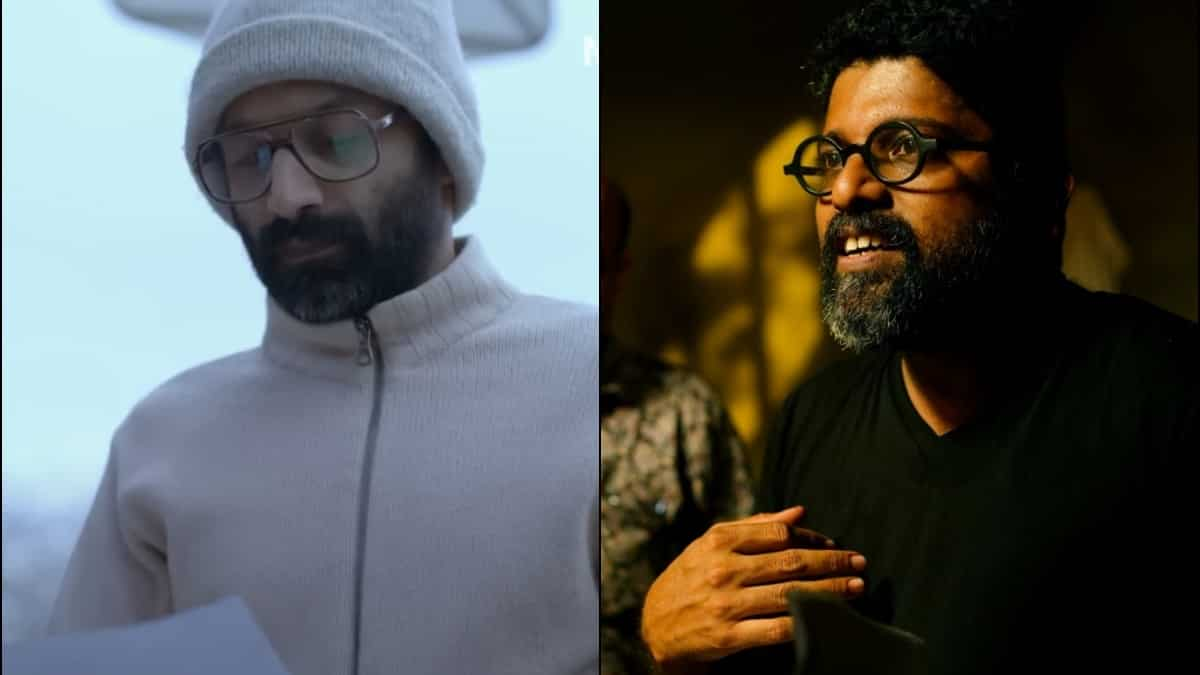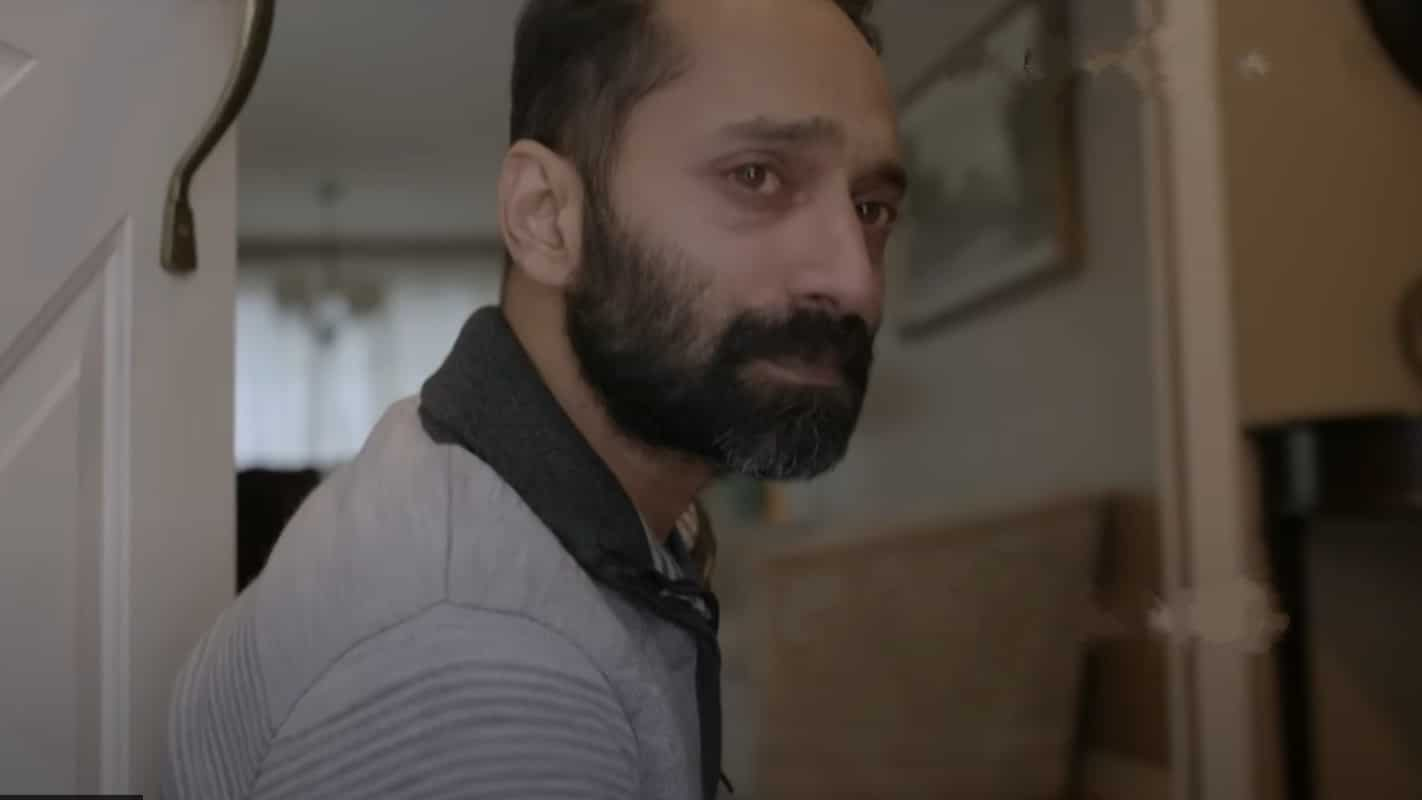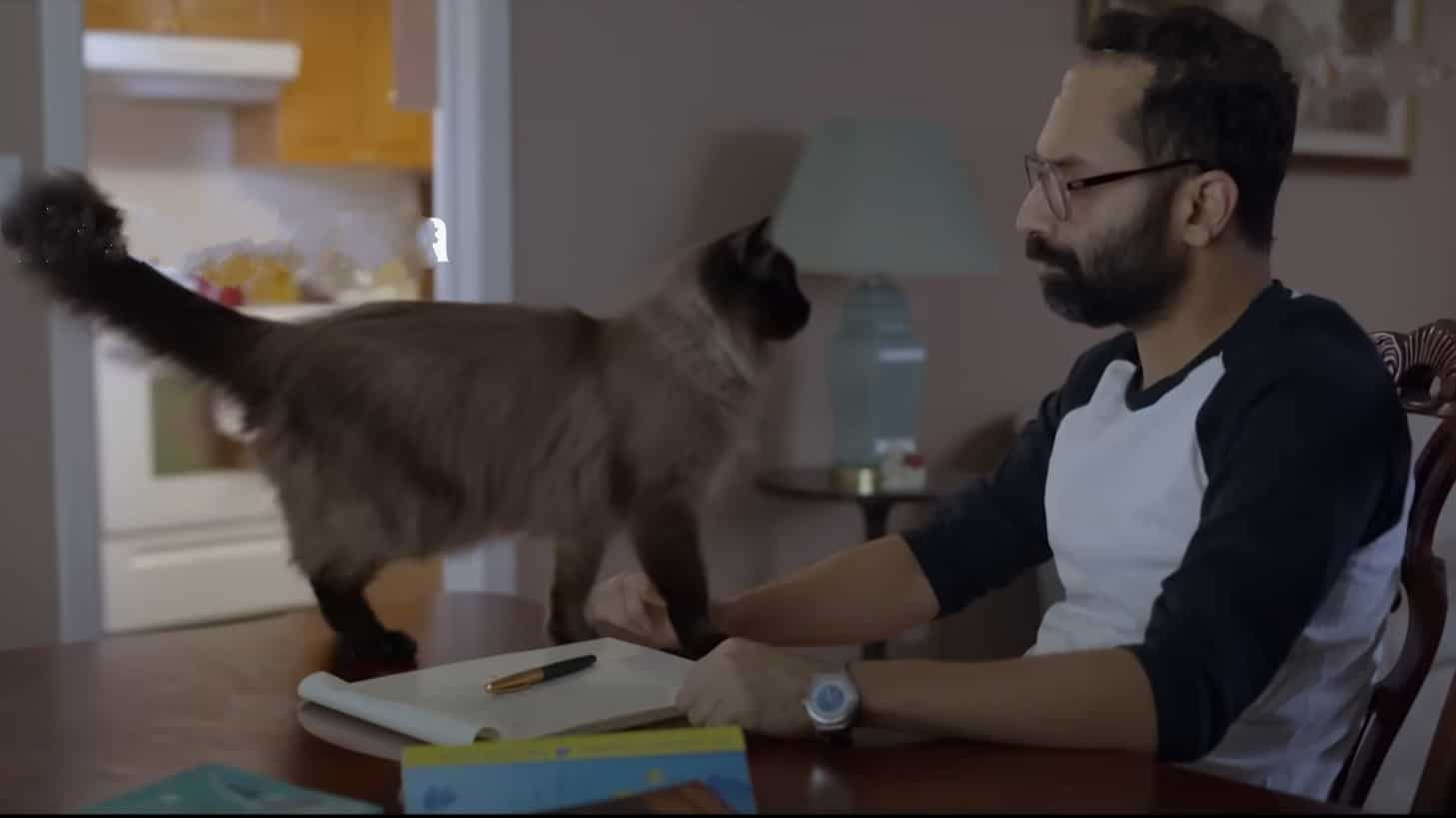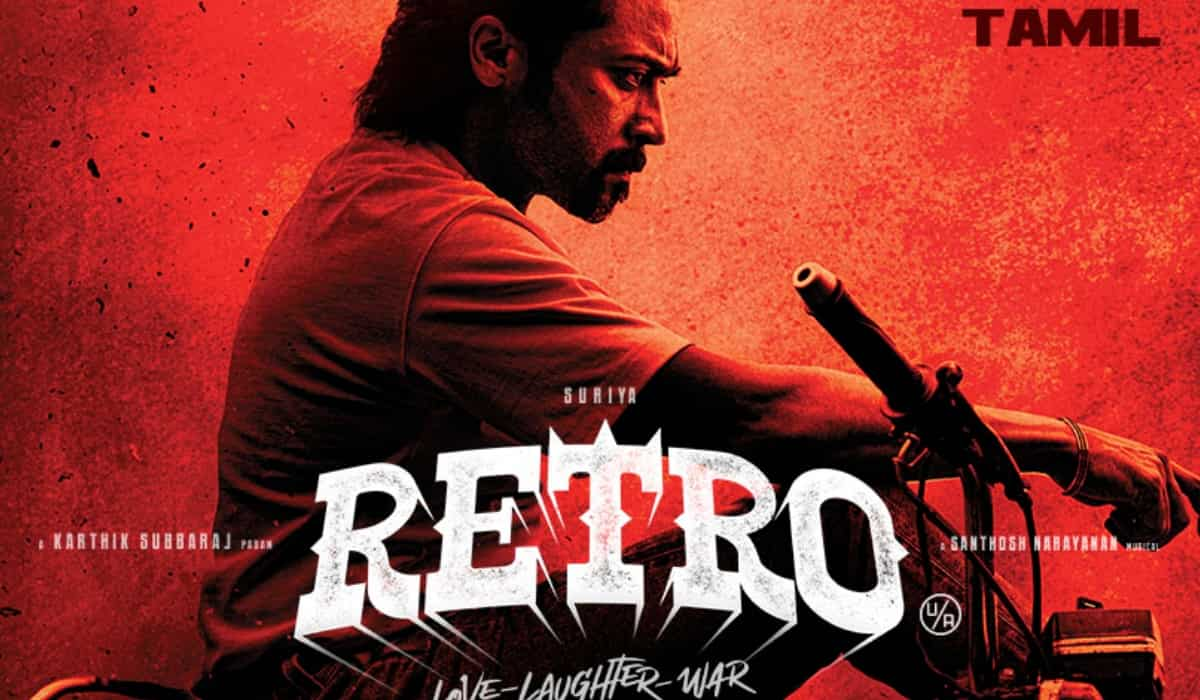
Mahesh Narayanan on Manorathangal: Fahadh and I had fears on how Sherlock’s ending would work, but MT sir… | Exclusive
8 months ago | 218 Views
Among the nine segments in Manorathangal, the Malayalam anthology based on MT Vasudevan Nair’s short stories, director Mahesh Narayanan’s featurette titled Sherlock and starring Fahadh Faasil is arguably the most anticipated. This is purely because of the two talents associated with the segment and their collaboration with the master writer.
And as expected when they work together, count on them to challenge the norms. While many new-generation filmmakers would rather count themselves lucky to get to work on an MT script, both Fahadh and Mahesh had actually insisted on changing the ending that the legendary writer had initially penned down for its screenplay. Mahesh opens up about this and more in this exclusive interview with OTTplay.

Why did you choose Sherlock among MT Vasudevan Nair’s works for your segment in the anthology?
To be honest, certain directors had the privilege to choose the stories they wanted to direct, but I didn’t. I was assigned Sherlock. I even asked MT sir, why he picked this story for me to direct and he told me that I had a knack for telling immigrant stories that are set abroad. I am guessing he had seen my film Take Off.
Where was this segment shot?
The story is set in the US but we had filmed it in Edmonton in Alberta, Canada.We shot it back in 2020, in between the first and second wave of COVID, and back then we didn’t get the permission to shoot in the US.
The segment revolves around Fahadh and Nadiya Moidu’s characters and a cat. Nadia’s character is referred to as chechi and it’s about her bringing Balu to the US. The latter is suffering from alcohol withdrawal symptoms. It’s set in the early 90s, when American immigration rules were more relaxed and people could travel on dependent visas. There were no mobile phones.

What did you find most attractive about this particular story?
MT sir has written only a few stories that are set outside Kerala, and this is one among the rare few that is set abroad. The cat in the story represents the pervasive surveillance culture of the US. He has captured that aspect brilliantly in the story.
Most of his stories work brilliantly as literature, but they can be challenging to translate to the screen. Did you face that difficulty?
MT sir himself has written the screenplays for all the segments in the anthology. So, he had re-adapted it for the screen. Furthermore, in the case of Sherlock, we had the opportunity to discuss the script with him on two occasions. We spent two days with him, discussing how we could approach the script.
Obviously, we might not be able to bring in the entire essence of the writing, but on a screenplay level, we understood exactly what he wanted to convey. He had discussed it in detail with both me and Fahadh. Towards the culmination of the story, it does take a surreal turn. But he said we could choose that route or go another way; he gave us that freedom.

Fahadh had said in a previous interview that he wasn’t entirely convinced with the ending of the story that MT sir had written.
Both the story and the screenplay had an ending where it alludes to the cat taking a human form. It symbolised that both the cat and Balu were caught in a trap. The story happens during a winter and so, the cat cannot leave the house and it’s the same case with Balu as well, after a point in time. So, the story ends with a sort of a comparison between the human and the cat.
MT sir visualised a surreal ending, but we couldn’t based on the flow of story that we had in mind. There’s a certain beauty in literature where it’s easier to convince, but we had trepidations on how it would turn out in a visual medium. But sir asked us to go ahead with what we felt.
What about the relevance? Because it’s a story set in the 90s and also was written around the same time, will it still connect with the audience?
That’s the quality of MT sir’s stories; all of them are relevant. They mirror the socio-political situations of the era that it’s set in, from how women are represented to the pertinent social topics. Take Sherlock, for instance, how he viewed the US back then is still valid.
The cat in the story represents a spy of sorts. That’s the reason for its name, Sherlock. Chechi’s husband is a Maharashtrian. Apart from a photo, no one has really seen him. She lives on the East Coast and he, the West Coast. There's marital discord. So, it’s also necessary for her to bring Balu to the US because she doesn’t have anyone to talk to and lives in isolation in a small town in New Jersey. Despite her talking with a US accent, she is ultimately a typical Malayali woman who loves rice and fish curry. So, in that house, there’s a Western cat, who is trained to spy. The cat is trained to identify Balu’s unusual behaviour.
That represents that Big Brother attitude of the US, the surveillance culture. MT sir was able to identify that Uncle Sam nature back then and that’s why I feel the story is highly relevant.
Manorathangal, which has nine segments directed by eight leading Malayalam filmmakers including Priyadarshan, Ranjith, Mahesh Narayanan and Shyamaprasad, is set to premiere on ZEE5 on August 15. The anthology film will also be streaming on OTTplay Premium.
Read Also: phir aayi hasseen dillruba trailer twitter reactions - taapsee pannu and vikrant massey impress netizens, sunny kaushal adds an extra layer of intrigue
# MaheshNarayanan # Manorathangal # FahadhFaasil


















